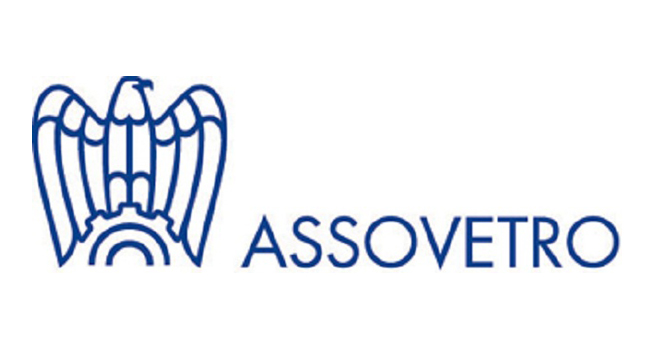Snapshot
Assovetro, the Italian National Association of the Glass Industry, was established in 1947 by industries manufacturing and transforming glass. At present, there are 70 member companies, for a total of about 16,000 employees. The Association is member of Confindustria, the General Confederation of Italian Industry, and adheres strictly to its regulations.
Commitment
During the last three years, Assovetro has been working to become increasingly environmental- and eco-friendly. According to the President of Assovetro, Graziano Marcovecchio, “this contribution is crucial to the circular economy.” He explained that the biggest hurdle to overcome, “is the progressive reduction of energy consumption.” This is a key indicator of the industry’s commitment to the economy and to the environment.
Figures
The Report on Sustainability (compiled by ERGO) confirms the Association’s ongoing shift from a traditionally energivorous (intensive energy consuming) industry to a green industry. Over a three-year period, 18 companies were reviewed, of which 15 manufacturers of hollow glass and three manufacturers of flat glass, which make up 90 per cent of the Italian glass industry.
Here are some highlights:
- Glass production reached 4.4 million tons in 2018, an 8.2 per cent per cent increase over 2016;
- Sales turnover saw a 6 per cent increase.
Sustainability and energy-saving
The report also details the Association’s claim to sustainability and energy saving. The numbers thoroughly back it up.
Here are some highlights from the report:
- Investments allocated to innovation and technological improvements saw a +44.2 percent rise, exceeding 298 million EUR;
- The use of renewable energy grew from 15.37 percent in 2016 to 26.2 percent in 2018;
- CO2 (carbon dioxide) emissions remained unvarying in 2017-2018; emissions dropped compared to 2016;
- SO2 (sulphur dioxide) emissions remained unaltered in 2017-2018; emissions dropped compared to 2016;
- The use of recycled water increased, reaching +44 per cent of the overall water consumption;
- Water wastage decreased by using recycling coolant loops to minimize leaks and to capture and reuse cooling and cleaning waters.
Glass waste collection and recycling
Assovetro’s steady and clear advancement towards a green business model has been acknowledged and approved by its consumers, who have chosen to use glass packaging and containers over other materials. The Head of the Glass Container Department in Assovetro, Marco Ravasi, explained, “glass containers are considered to be universally safe and their demand increases year after year.”
Here are some numbers to consider regarding glass packaging:
- Glass packaging saw a 1.7 percent increase in 2018;
- Glass waste collection saw an 8.4 percent increase in 2018;
- Recycled glass packaging waste collection saw a 6.6 percent increase in 2018.
- Recycled glass packaging has reached an overall 76.3 percent, surpassing the percentage established by the Italian and European regulations (66 percent and 75 percent within 2030);
Figures aside, we can state that the Italian Glass Association took the plunge and is steadily and successfully going green. To echo the words of Marcovecchio, “Glass is able to guarantee an important contribution to the economy and to the environment.”




